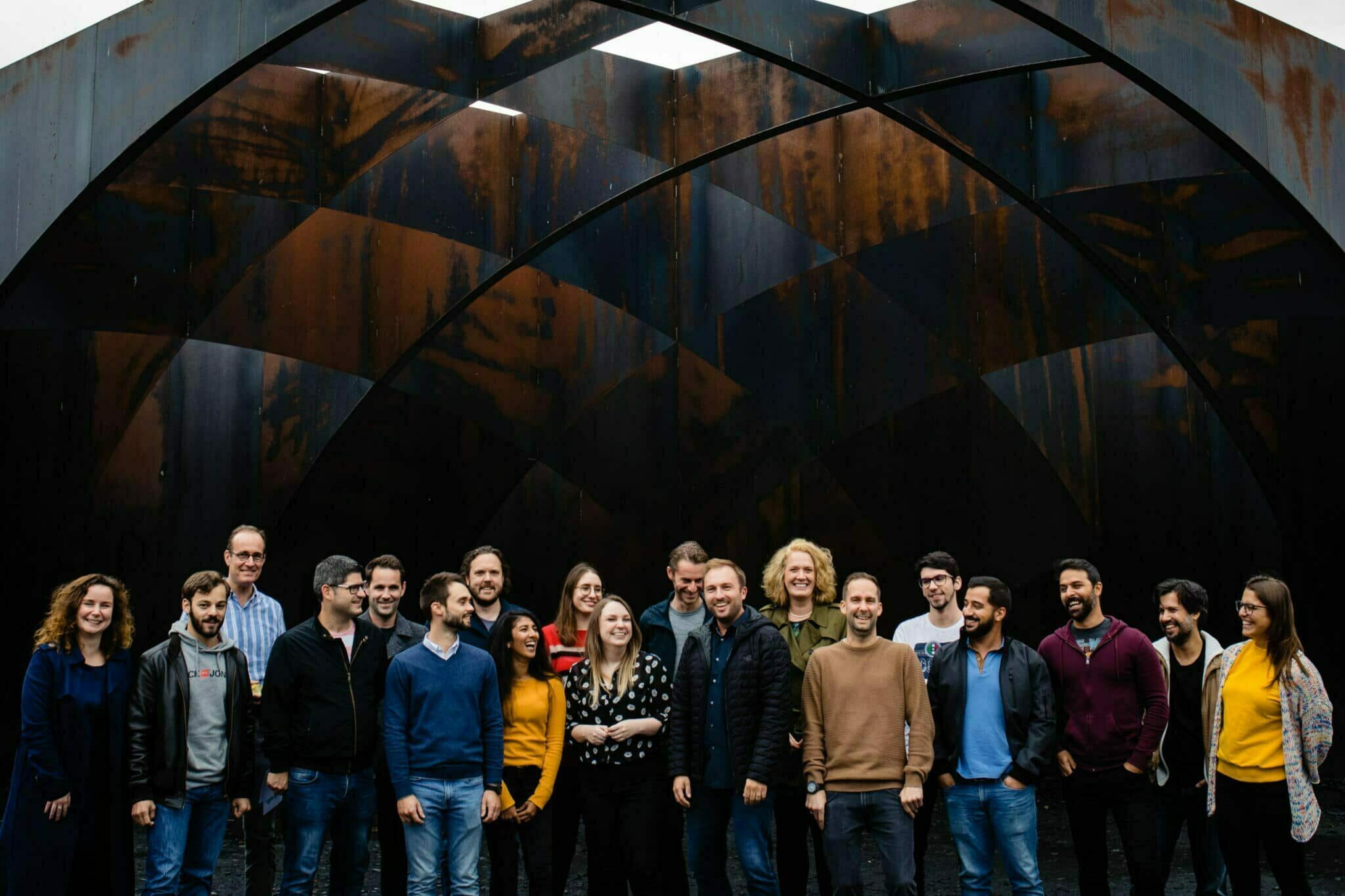Repeat after me: the art of spaced repetition

From people’s names to times tables, you’ve been taught from a young age that practice makes perfect, right? And the key to getting good at something is therefore – repetition. But does repetition really help memory? And how can you best use it to reinforce your learning and make it last? The answer? Repeat after me – spaced repetition.
What is spaced repetition?
In 1885, German psychologist Hermann Ebbinghaus charted how well he retained new information over the course of a month, or rather how well he didn’t. His research proved that cramming information is pretty useless, as on average only 20% of new information is retained for more than 1 day without repetition. In 1978 a team of researchers, Landauer and Bjork, found that correctly spacing reminders ensures the brain is prompted to retrieve information at just the right moments to stop it dwindling. The longer the intervals between repeats the stronger the memory becomes, until information enters the learner’s long-term memory. And so the Spaced Repetition method for learning was established. Why does spaced repetition work? The effectiveness of the spaced repetition technique has now long been proven thanks to more research into learning, Alzheimer’s and amnesia. The repetition itself is good, but the correct spacing of the repetition, and using longer gaps between repeats to reinforce it are what makes the method work so well. If this can be automated and personalized all the better. That’s why, with the advent of mobile, we are seeing spaced repetition increasingly used for learning. No matter what you want to learn, spaced repetition, apps and gamification work in perfect harmony. Spaced repetition learning today Spaced repetition software, such as the gamified learning created by MobieTrain calculates the right moment to repeat for each learner, based on their individual retention of material so far. Information that is well learnt is repeated less frequently than info still needing to be mastered, but the two are mixed together and the intervals between repetitions extended, until all the information is well embedded in the learner’s long-term memory. The gamification of the material makes the experience enjoyable and one learner’s want to repeat. As apps work best on mobile, it allows learners to engage in short, frequent bursts of learning on-the-go. How can spaced repetition learning help your organisation? That on-the-go learning is not just beneficial to the learner themself, but also to you as a company. Micro-learning like that used by MobieTrain, allows for small bite-sized pieces of content to be learnt on a daily basis and, thanks to spaced repetition, real progress can be booked in just 5 minutes a day. Thus saving your business time and money: staff don’t need to take so much time out for learning; learning is personalized; you can easily track a learner’s progress; and training is continuous. Plus, the more fun and effective the training is, the more motivated staff will be to keep learning – and that’s something well worth remembering.

